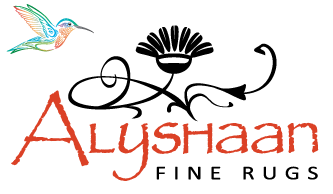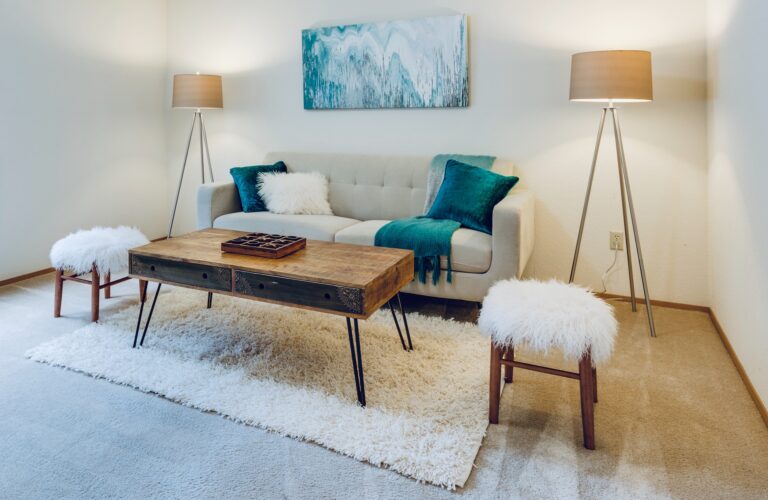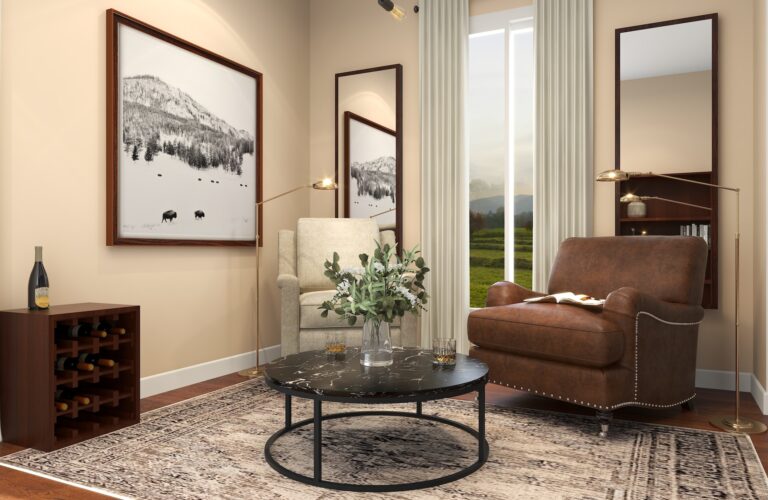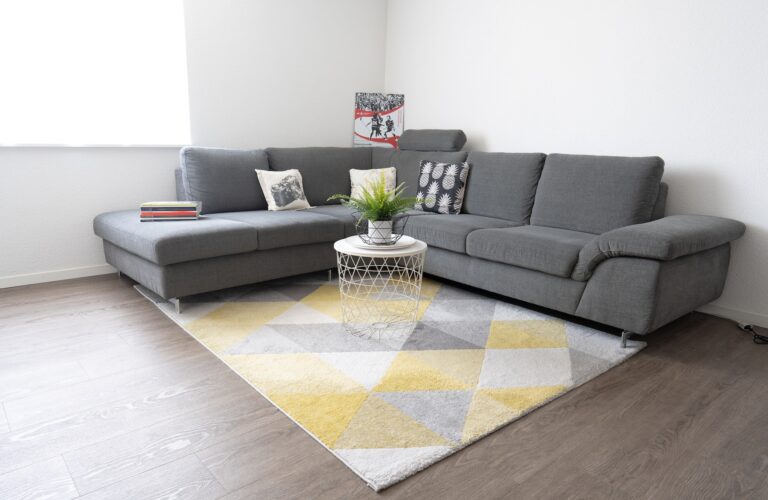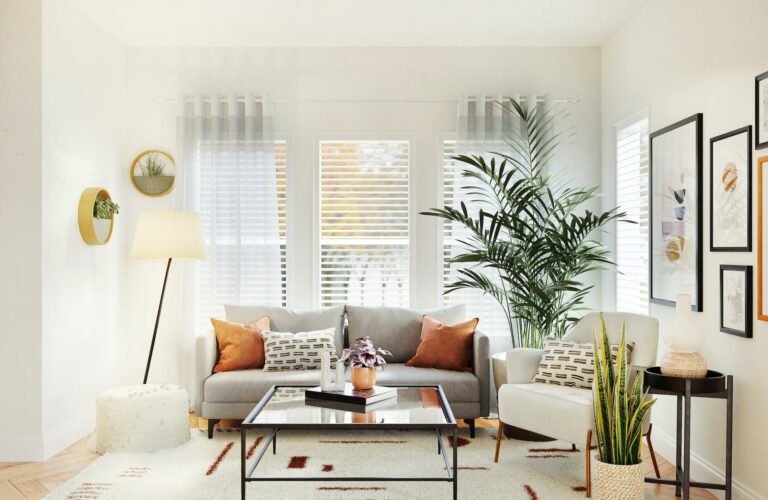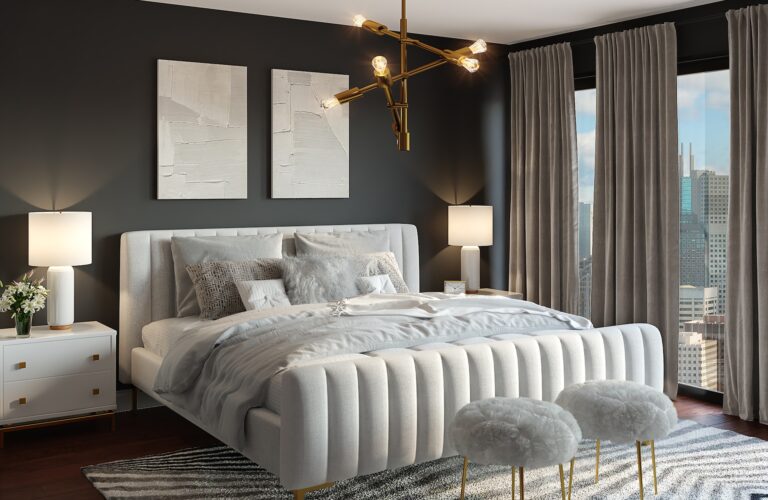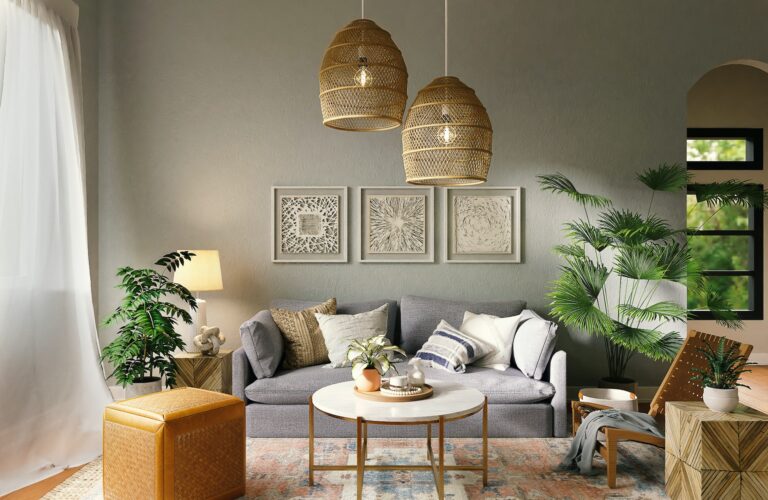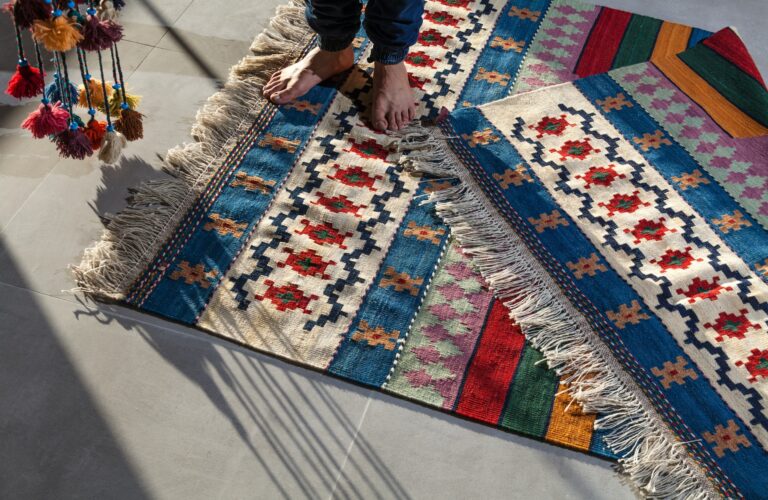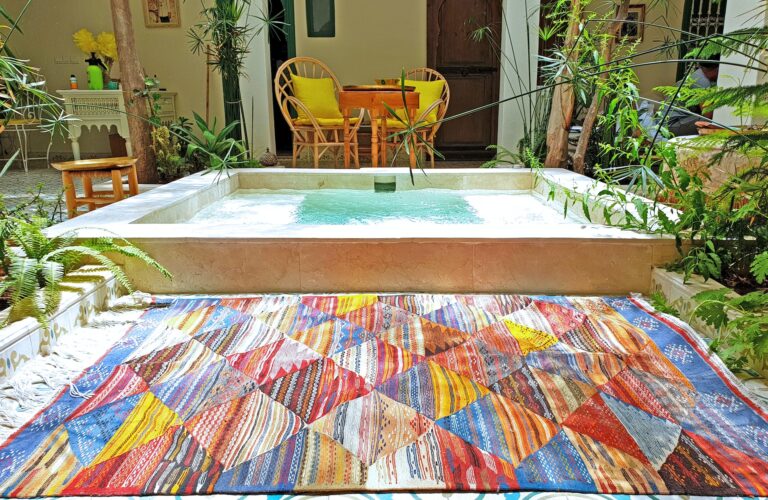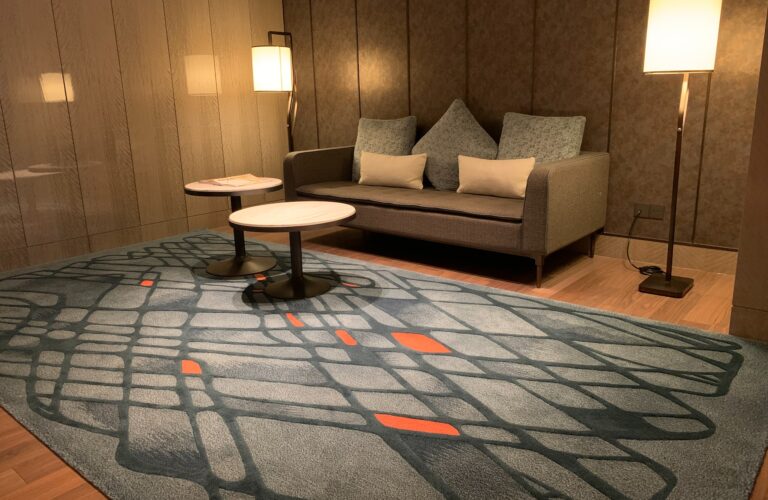What is it that makes traditional Persian handmade rugs distinct from other types of rugs? There are common characteristics and design elements that you’ll see in almost every Persian rug. You may think that all Persian rugs look the same, but there are actually dozens of varieties.
Elements of Traditional Rug Layout
- Exterior Border — A single stripe or several thin stripes that goes all the way around the edge of the rug. They may be a solid color or it may incorporate a small design that complements the main design.
- Principal Border — A thick border that immediately follows the exterior border and goes all the way around the rug. Detailed designs are usually incorporated into this section. Sometimes this border serves to complement or match the overall design, though it can be used as a contrasting element as well.
- Secondary Interior Border — Another thin border on the other side of the principal border. that may be a solid color or may incorporate a small pattern. It may match the exterior border design but not always.
- Champ — The primary design space in the center of the rug. This is where rug weavers have the most space to be creative with their designs. Persian champ designs often feature a medallion shape in the center of the rug with smaller medallions above and below it lengthwise. However, other common patterns include a repeating pattern that is consistent throughout the whole champ, one-sided designs that are best appreciated from a particular direction, or design elements may be compartmentalized within the design.
Persian Rug Motifs
Rug weaving has changed a great deal in the last century, but that doesn’t change the rich cultural traditions of long-time rug weavers. Families of weavers pass down designs and motifs from one generation to the next — simple designs were memorized and complex motifs were intricately drawn to scale for reference.
These are just a few of the several motifs common to Persian rugs.
- Gul — Flower designs that are repeated in rows in large and small sizes throughout the pattern. These are primarily used by rug weavers in Iran, Turkmenistan, Uzbekistan, and Afghanistan.
- Rosette — This looks like a flower medallion and are used by rug weavers all over.
- Boteh — Known better in the west as a Paisley pattern. It’s a droplet-shaped vegetable motif. It originates in Persia but was really popular in the West a few centuries ago, which is why so many know it.
A Continuing Tradition
Persian rugs have been weaved for centuries, and possibly for even thousands of years. This rich tradition has built upon the knowledge of its predecessors and continues to create beautiful handmade rugs that are made with care and consideration. Antique Persian rugs can be worth quite a lot if they’ve been kept in good condition, and new handmade rugs can retain their value as well when you buy one that is high quality.
For more information about Persian rugs or to view some of the designs yourself, stop by our rug store in Scottsdale.
